The snow-hit Paris-Roubaix of 1994
Procycling’s contributing editor Peter Cossins remembers an epic edition
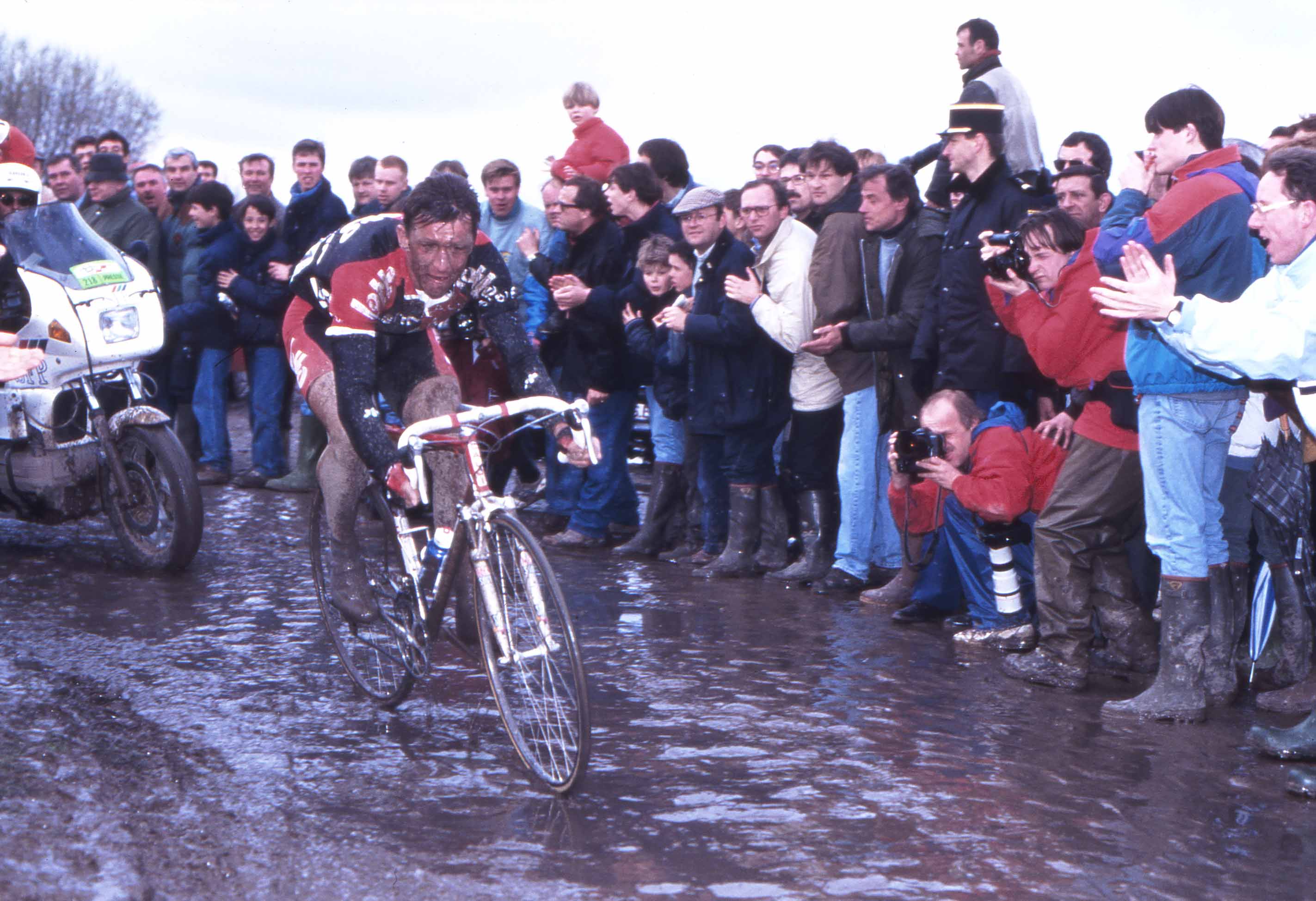
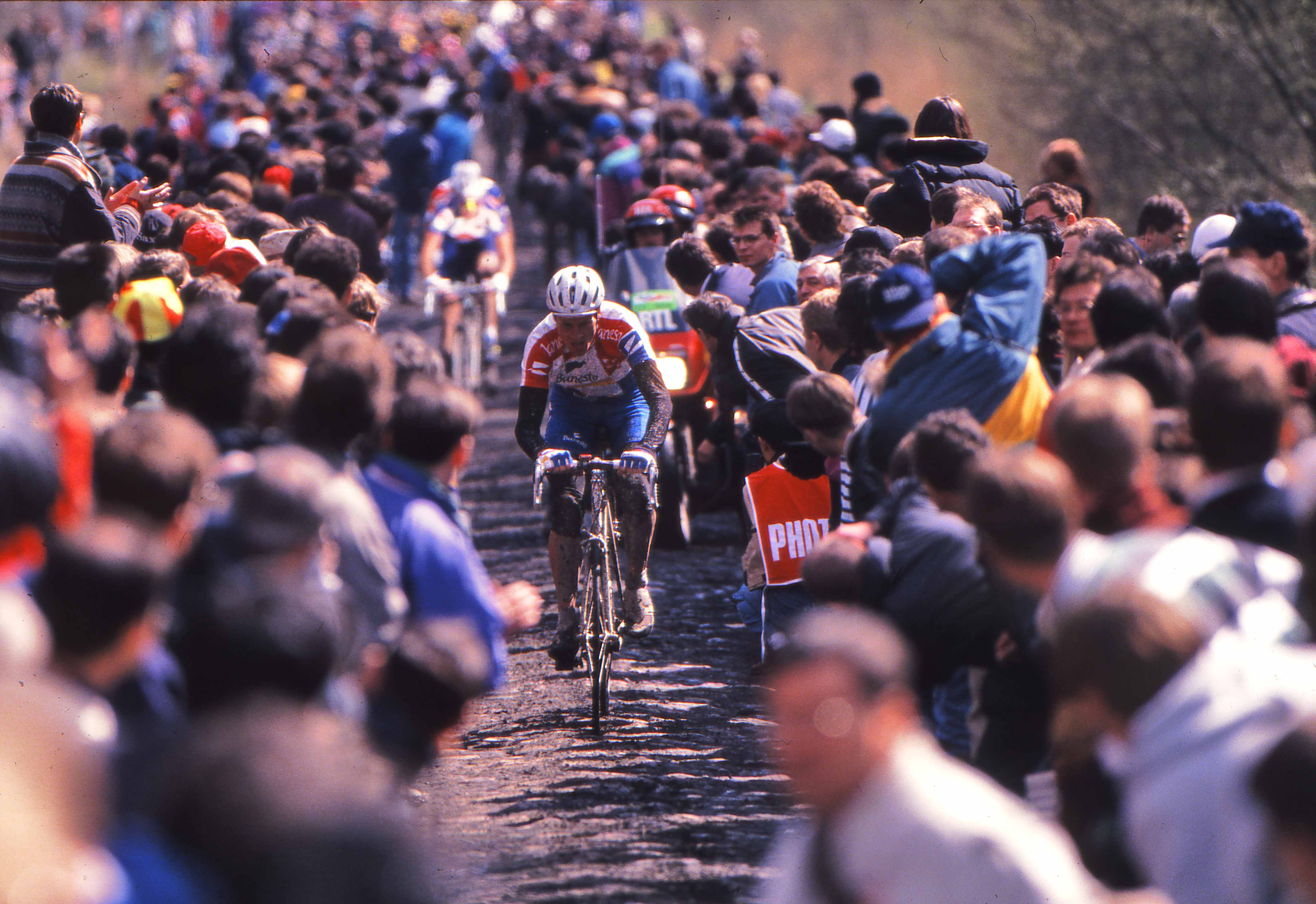
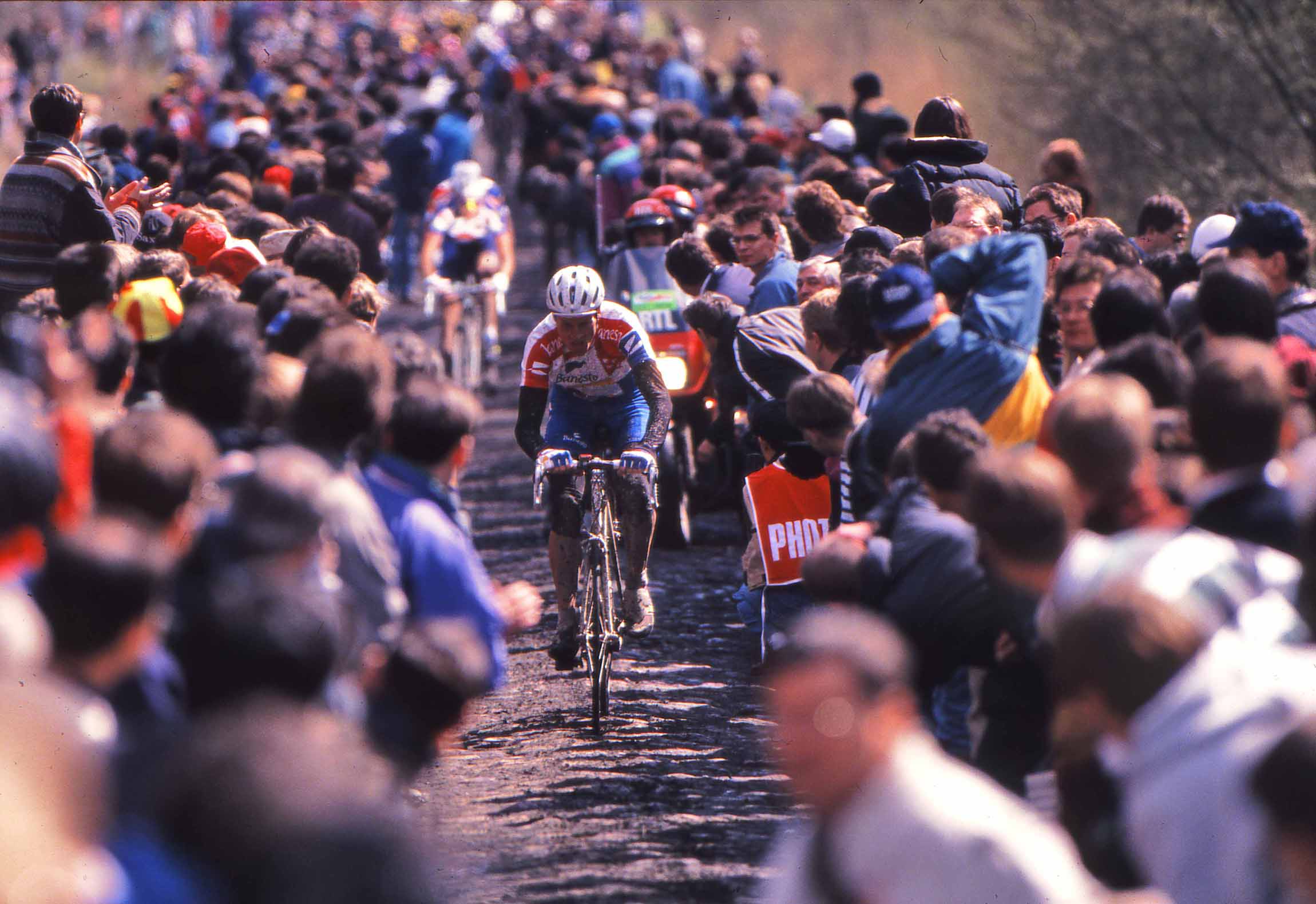
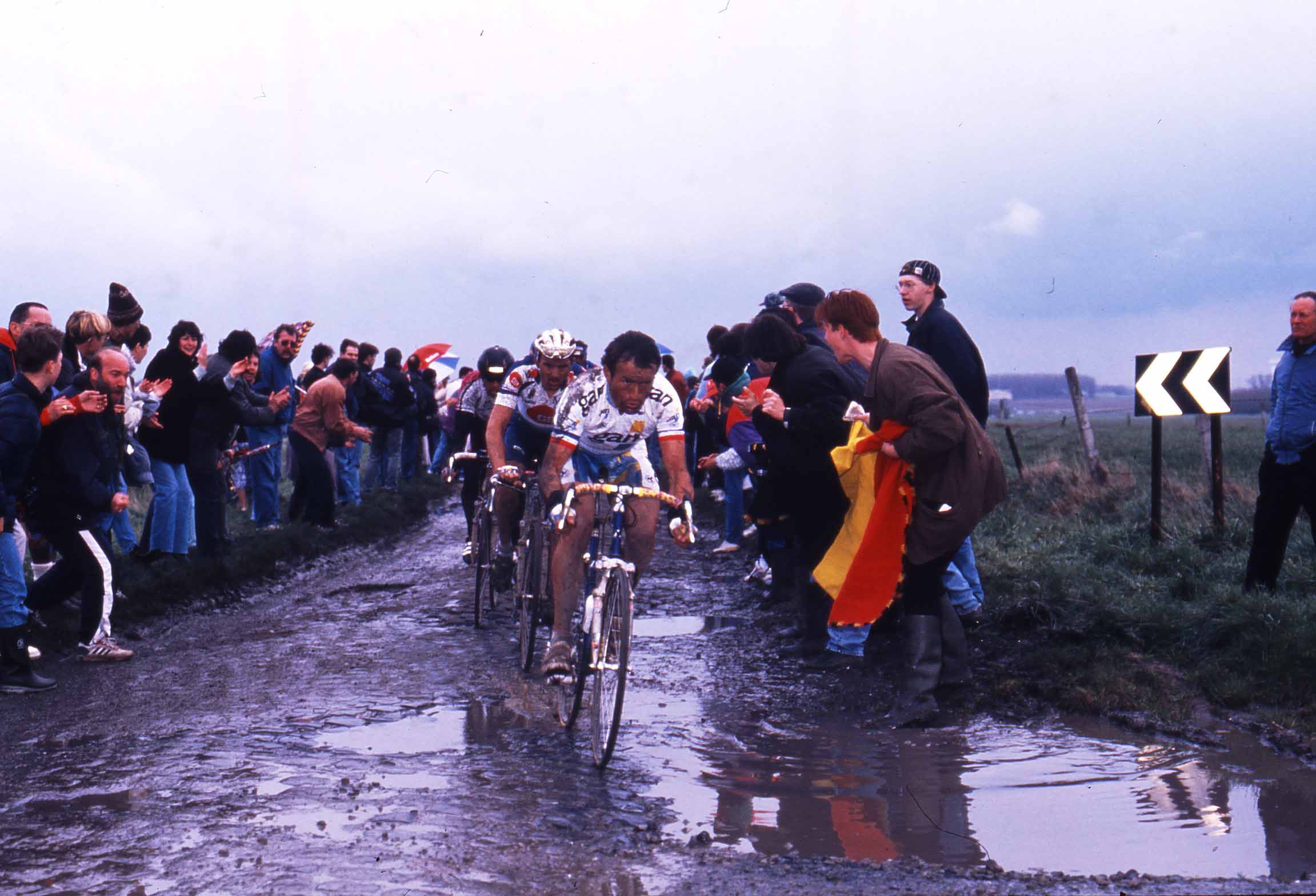
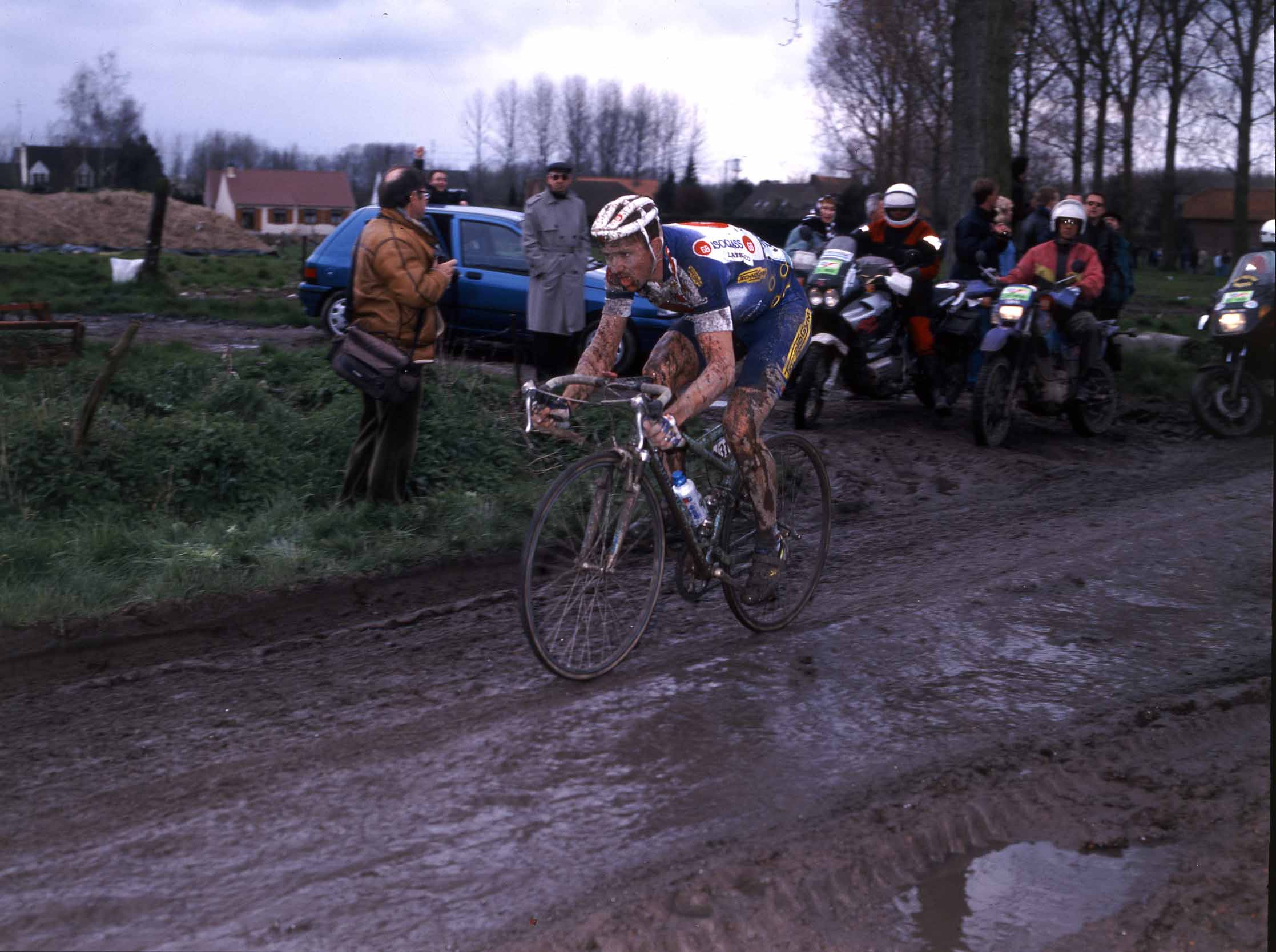
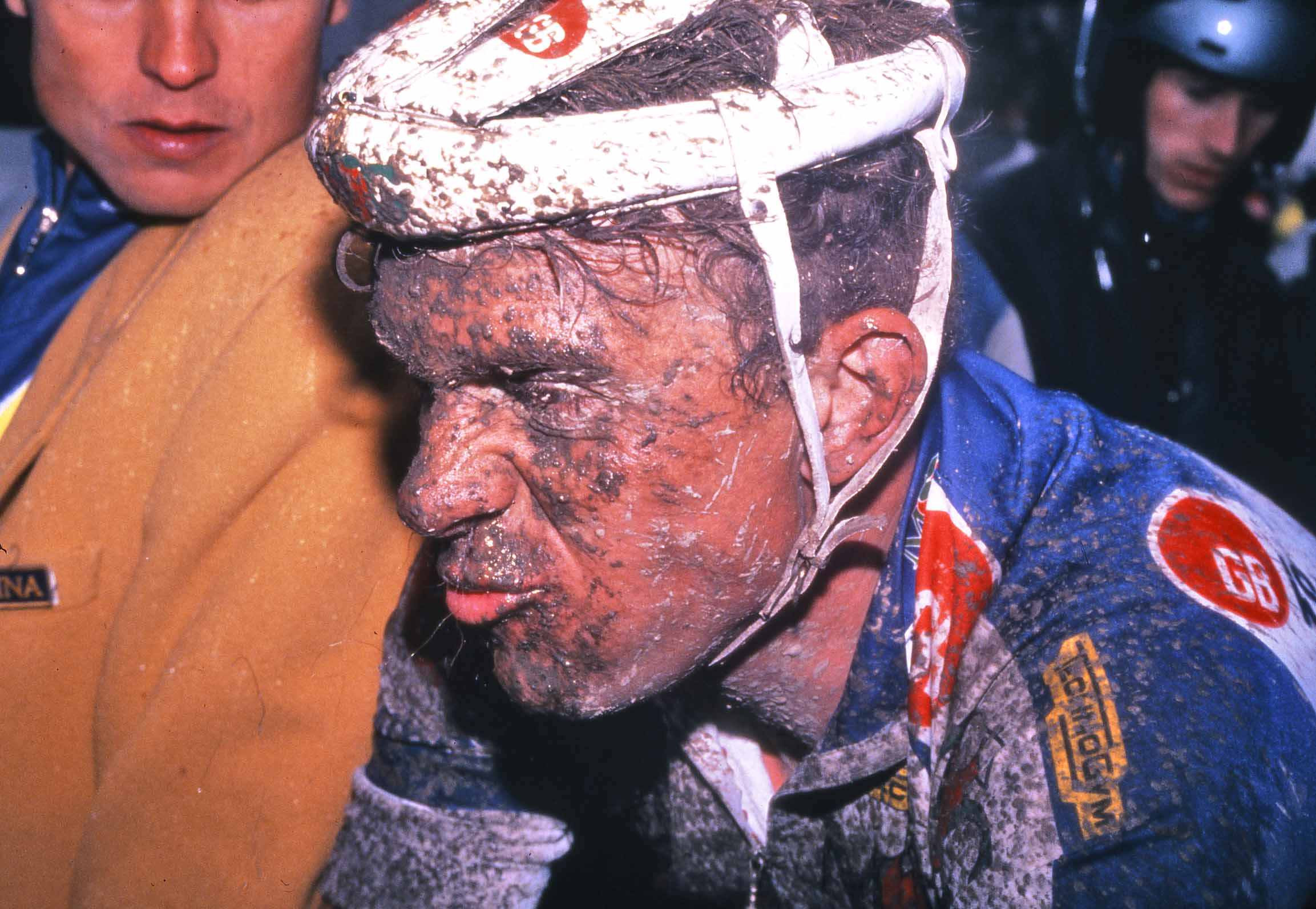
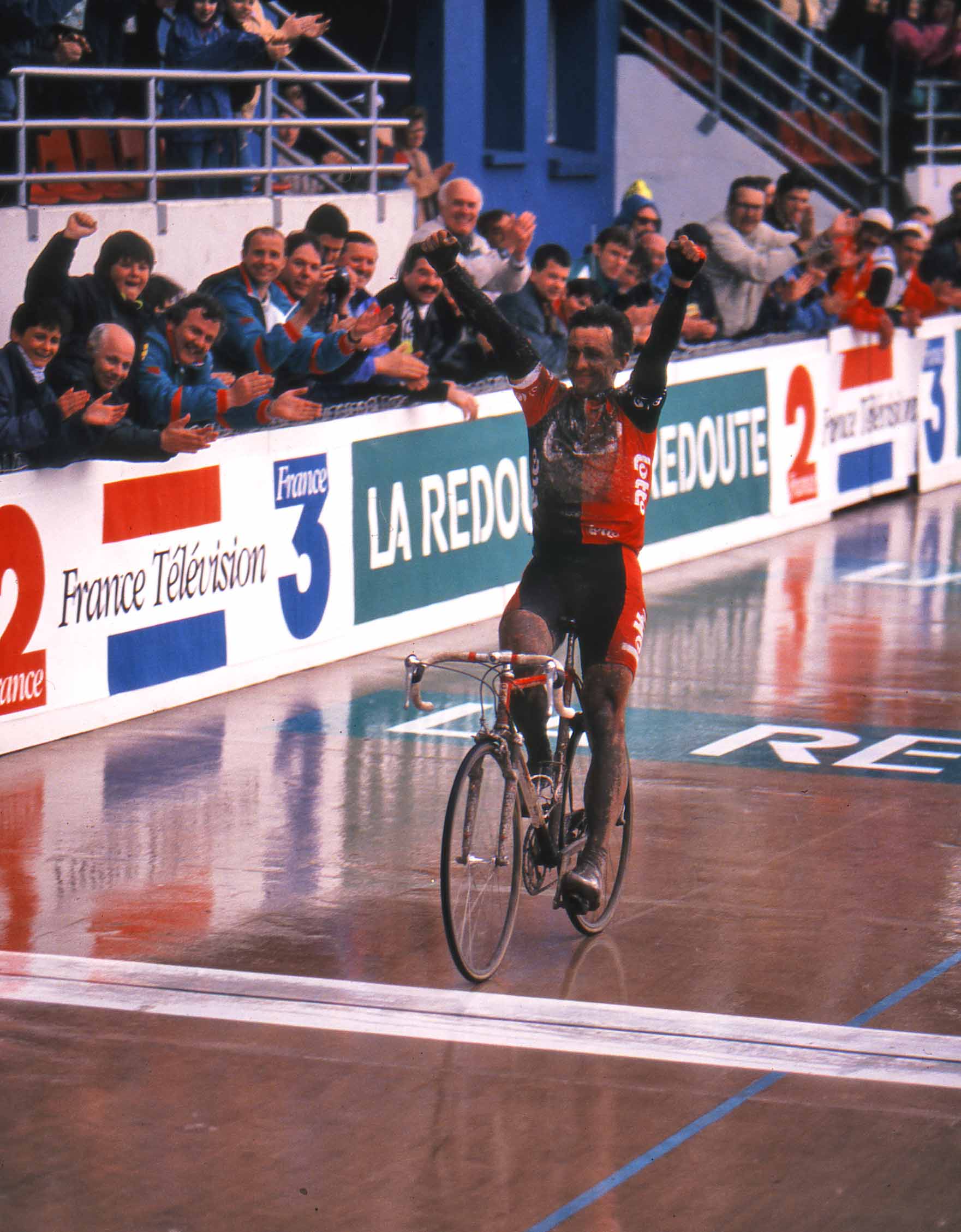
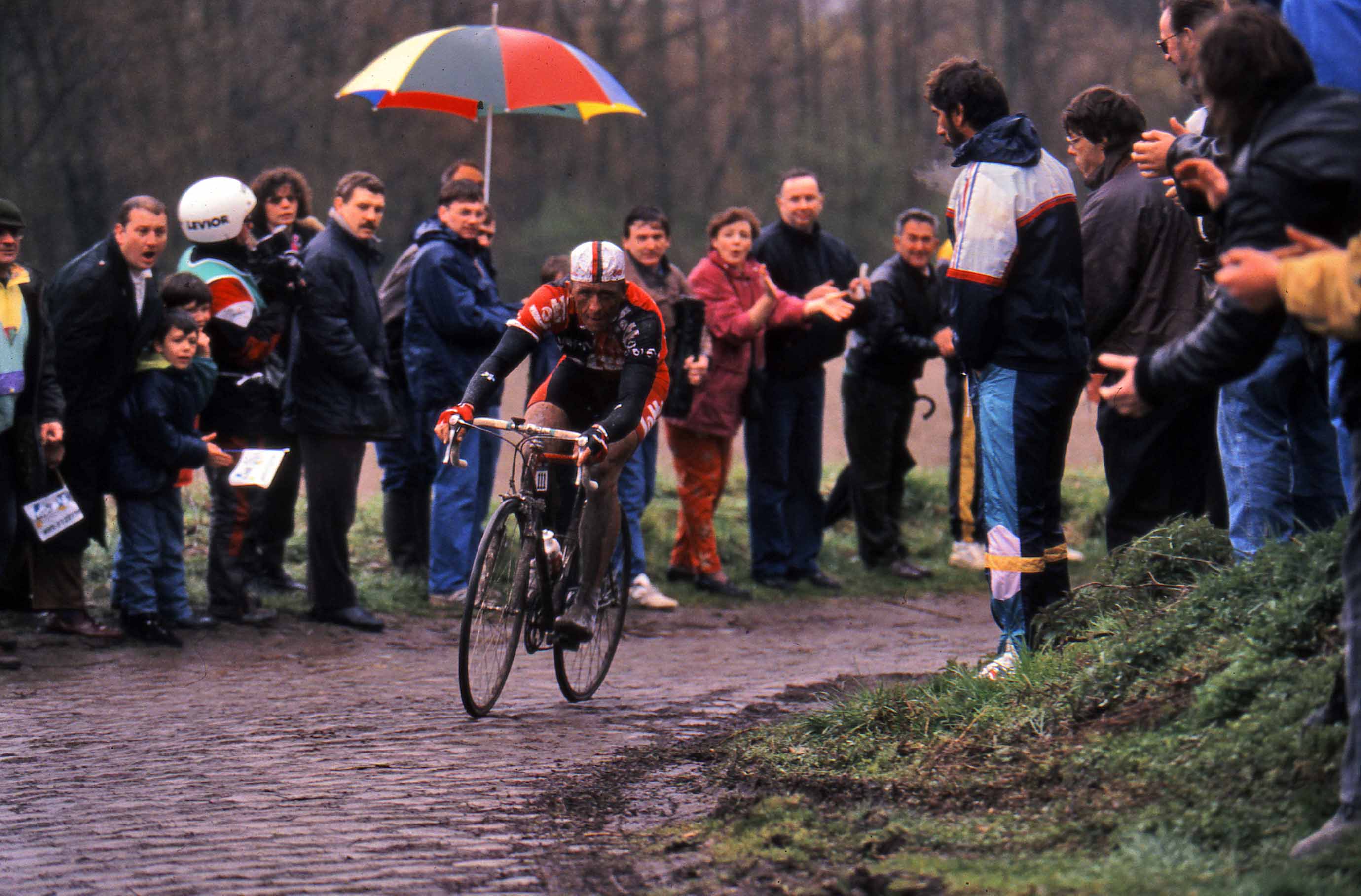
Looking back, I wonder whether I put some kind of hex on Johan Museeuw. The weekend prior to reporting on my first Paris-Roubaix, I’d covered the Tour of Flanders for the first time. I’d bagged a ride there with Belgian journalist Noel Truyers in a car driven by Paul Wellens, whose illustrious palmarès featured a sixth place finish in the 1978 Tour de France. I had absolutely no idea who Wellens was and, in fact, barely knew where I was, as he guided the car through a warren of tiny lanes heaving with boisterous fans. But at the finish I gained an illuminating insight into what the race meant to those fans as Gianni Bugno beat Museeuw by a tyre’s width, the Italian’s success completing puncturing the festive atmosphere. Sitting on a school child’s chair in a playground adjacent to the finish, a devastated Museeuw mumbled through an impromptu press conference. Roubaix, he suggested, might offer redemption.
A few days later, I travelled out to northern France with Cycling Weekly colleague William Fotheringham, who determined on the way that we should try to see Roubaix as many times as possible on race day. Yet, as we drove across Picardy’s plains, it seemed increasingly likely that we wouldn’t see the race at all as snow began to billow down, leaving us feeling pretty glum as we slid into the rink-like car park of our hotel, the gloom heightened by the sad news of Nirvana frontman Kurt Cobain’s suicide.
Although the snow blanketed the French countryside, it did relent and ASO quickly confirmed Roubaix would go ahead. So, on the Friday before race day we drove the second half of the route, using a massive Michelin map to pick out lanes and tracks that would allow us to access it at key points. Having just about managed to avoid leaving our hire car adrift on the raised centre of one of the most sunken sections of pavé, we then headed for Compiègne.
In that era before pre-race press conferences, hotel lobbies and car parks were the main hang-out for the press, and that year the talk in most of them revolved around the weather, which was still arctic, and the growing popularity of suspension forks in “the hell of the north”. RockShox, for that was the brand of choice for most, took some of the sting from the cobbles but at the expense of added weight. Bianchi took the development a little further for Museeuw, equipping his bike with front and rear suspension. Ultimately, though, the focus would be on a far more mundane piece of the Belgian’s kit.
Race day began cold, with snow still occasionally falling in flurries. The roads and cobbles, though, were clear. The early running was made by Czech rider Lubos Lom as the peloton huddled close together in a chilling wind. The bunch’s pace finally quickened approaching the first section of pavé at Troisvilles, where I was standing a hundred metres or so into the section, completely staggered by the speed of the stampede across surface best tackled in a monster truck.
Lom was still on his own at the front, but was paying for his solitary escapade. A few kilometres beyond Troisvilles, he stopped at the roadside for a minute and tried to warm up. He’d barely loosened up and got moving again before he was reeled in and quickly left to seek warmth in the Navigare team car.
As the mud-coated peloton hurtled on, becoming smaller and smaller as it went, William drove from one viewing point to the next, providing us with a clear idea of how the race was unfolding. At our final pre-velodrome rendezvous with the race, more than 50 kilometres from the finish, we could see Andrei Tchmil had opened a narrow lead, with Museeuw, teeth gritted, among those pursuing him.
Get The Leadout Newsletter
The latest race content, interviews, features, reviews and expert buying guides, direct to your inbox!
Tchmil’s attack 67km from home seemed premature, but eventually proved well judged. Museeuw continued with a dogged pursuit of his Lotto rival, but failed to get on terms before his rear suspension packed up. This required a rapid bike change, which was hobbled by his pedals jamming up so badly with accumulated muck that he couldn’t release his shoe until a GB-MG team mechanic intervened and finally wrestled it free. By the time he got going again, Tchmil was out of sight.
Having witnessed Tchmil’s victorious circuit of the Roubaix velodrome, which I think was the 12th time we’d seen the race that day, we watched the 47 other finishers rumble in. “It was brutal,” said George Hincapie, beaming with delight having finished on his Roubaix debut. Tchmil apart, all had tales of woe, notably runner-up Fabio Baldato, who crashed on three occasions and punctured on five. “I could have been up there contending for the win if I’d had a couple less crashes,” said Greg LeMond as he headed for the Roubaix showers.
It was epic, a description confirmed by L’Équipe’s Pierre Chany, the doyen of cycling writers, who covered dozens of editions of Roubaix and described that 1994 race as perhaps the toughest he had ever seen due to the wintry conditions. It had been truly hellish.
Peter Cossins has written about professional cycling since 1993 and is a contributing editor to Procycling. He is the author of The Monuments: The Grit and the Glory of Cycling's Greatest One-Day Races (Bloomsbury, March 2014) and has translated Christophe Bassons' autobiography, A Clean Break (Bloomsbury, July 2014).